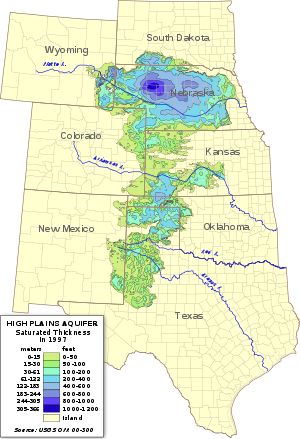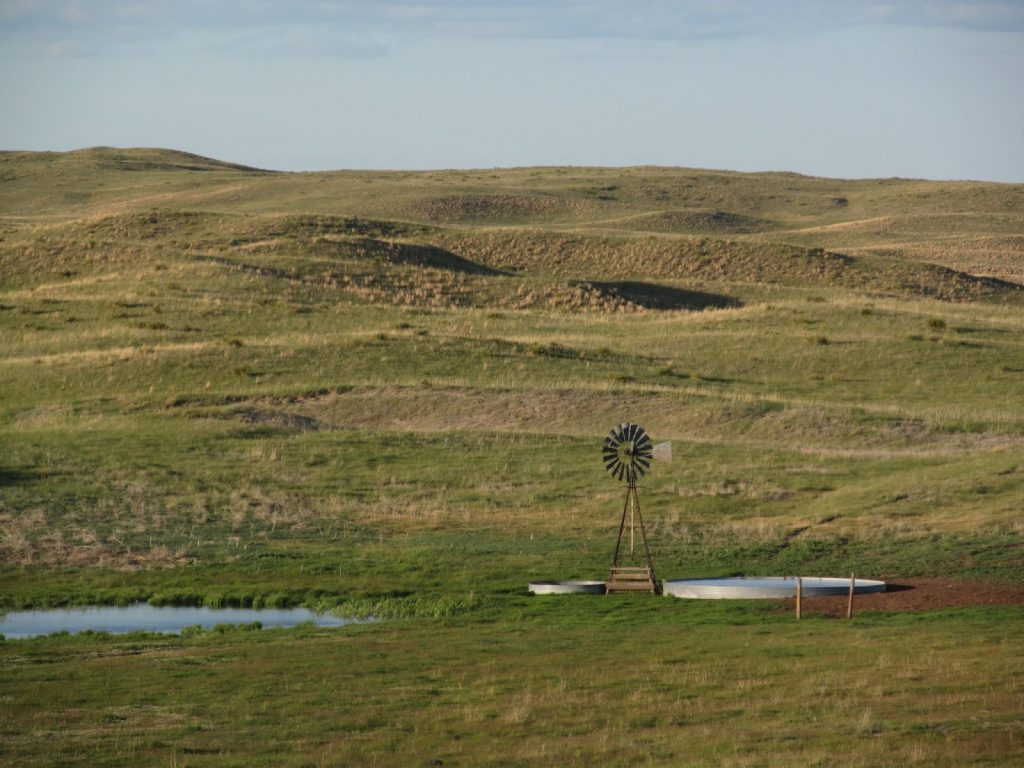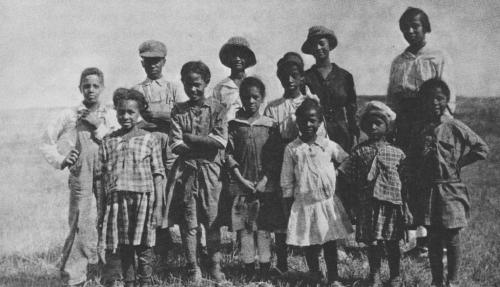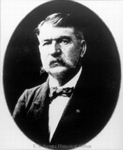
Sandhill Roots
Elements that shape Cherry County
…Some of them may surprise you!
Cowboy history
The Ogallala Aquifer


The Ogallala Aquifer is the largest aquifer in the United States. It occupies an area of 174,000 square miles, spreading across 8 American Great Plains States, according to the US Geological Survey. These states are Colorado, Kansas, Nebraska, New Mexico, Oklahoma, South Dakota, Texas, and Wyoming. The water volumes in the Ogallala Aquifer are estimated to amount to 3.3 billion acre-feet of water, more than enough to fill Lake Huron, with the remainder left over being enough to fill a fifth of Lake Ontario. The aquifer is formed by sand, gravel, clay, and silt, and has a maximum thickness of 800 feet, according to the Texas Water Development Board. Its freshwater-saturated thickness averages 95 feet. Because both the saturated thickness and the areal extent of the Ogallala Aquifer is greater in Nebraska, the state accounts for two-thirds of the volume of Ogallala groundwater, followed by Texas and Kansas, each with about 10 percent.
Read more: http://www.waterencyclopedia.com/Oc-Po/Ogallala-Aquifer.html#ixzz6IUW2oO00
The future economy of the High Plains depends heavily on the Ogallala Aquifer, the main source of water for all uses. The Ogallala will continue to be the lifeblood of the region only if it is managed properly to limit both depletion and contamination.
Black History
DEWITTY/AUDACIOUS – NEBRASKA (1908- )
POSTED ON AUGUST 4, 2018 BY CONTRIBUTED BY: CARLA GARNER
Located in the Sandhills of Cherry County, Nebraska, the settlement of DeWitty was established in 1908 by black homesteaders who constructed housing made of stacked sod. These settlers farmed some of the least hospitable land in the state. The families were spurred to the area by the 1904 Kinkaid Act, which allowed settlers to claim large-but-undesirable parcels of land with poor irrigation and little vegetation. Those who accepted the challenge were known as Kinkaiders.
Among the first to arrive in 1907 were Charles Meehan, born in 1856 in Detroit, Michigan, the son of white parents who had immigrated the previous year from Counties Tipperary and Fermanagh in Ireland. Charles had moved with his mother to Canada as a youngster. Joining Charles in the move from Canada to Nebraska was his wife Hester Catherine Freeman, born in Canada in 1856 to a Canadian father and a mother from Baltimore, Maryland. According to Catherine Meehan Blount, their granddaughter, Charles and Hester left Canada for Nebraska in 1885 with their oldest children and the families of Joshua Emanuels, George Brown, and William Crawford. Other early black homesteaders included Clem Deaver and Robert “Daddy” Hannahs. Meehan’s granddaughter, Ava Speese Day, later wrote about their experiences on the Plains in Sod House Memories.
They settled in an area along the North Loup River near Brownlee, calling their town DeWitty, after the first postmaster, Miles DeWitty. In 1916, a change in postmasters prompted a change in the town name to Audacious, followed by a post office relocation two years later to the town of Gard.
For a while, the homesteaders found some success as ranchers raising beef cattle, mules, poultry, and hogs. A few had dairy cows and sold surplus product in nearby Seneca. Even though they were in the proximity of the North Loup, few of the black settlers were able to claim land with water rights or even grazing meadows. So most had to purchase hay for feeding and lease easements for water access, adding to their financial burden. To make ends meet, some men worked as freighters or laborers for neighboring white ranchers while women washed, worked in kitchens, or served as midwives.
The town of DeWitty/Audacious included a general store, the St. James A.M.E. Church, and three schools. Books were borrowed from the State Library at Lincoln through a program to service rural families. Other supplies were purchased through trips to Brownlee or Seneca, or mail order from Sears, Roebuck and Company. During the early 1920s, the town had an all-black baseball team called The Sluggers, which played several undefeated seasons. However, by that time, most of the original homesteaders had found the land unprofitable and had left the area. In the late 1980s, only one ancestor of a black settler still owned land along the North Loup.
On April 11, 2016, a dedication ceremony for a new Nebraska State Historical Marker in Cherry County commemorated DeWitty as the longest and most successful African-American rural settlement in the state.
—- VALENTINE —
Edward K. Valentine
This may be cheating a bit, as Edward K. Valentine never resided in, visited, or was very involved with the town of Valentine, but I believe Valentine should be included in this list of notable people anyway. He is the man for whom the town is named after, after all. Understanding the history of Valentine means understanding the kind of men the early settlers respected enough to name their home after. Such a man was Edward K. Valentine.
Valentine was born in Iowa and grew up with plans to become a printer. However, he became interested in the military and served in the Union army during the Civil War. He became a highly decorated soldier. After the war, Valentine moved to Omaha, Nebraska and started a law firm. He quickly rose through the law ranks and became first a judge and eventually a US Senator. He ran as a Republican, and was a very popular politician in Nebraska. He was so popular, in fact, that a new settlement in northern Nebraska named themselves after him. However, after two terms in the Senate, Valentine declined to run for reelection and instead became the Senate Sergeant at Arms. This position is responsible for making sure all congressman make it to the floor for votes, maintaining order in the hall, and planning the president’s inauguration. Valentine was also responsible for organizing the funerals of congressmen that died in office. In the late 1800s, this job kept him relatively busy. After three years as the Sergeant at Arms, Valentine moved back to Omaha and took up law practice again. Finally, in his later years, he moved to Chicago to be closer to his sons where he died of a stroke in 1913.


